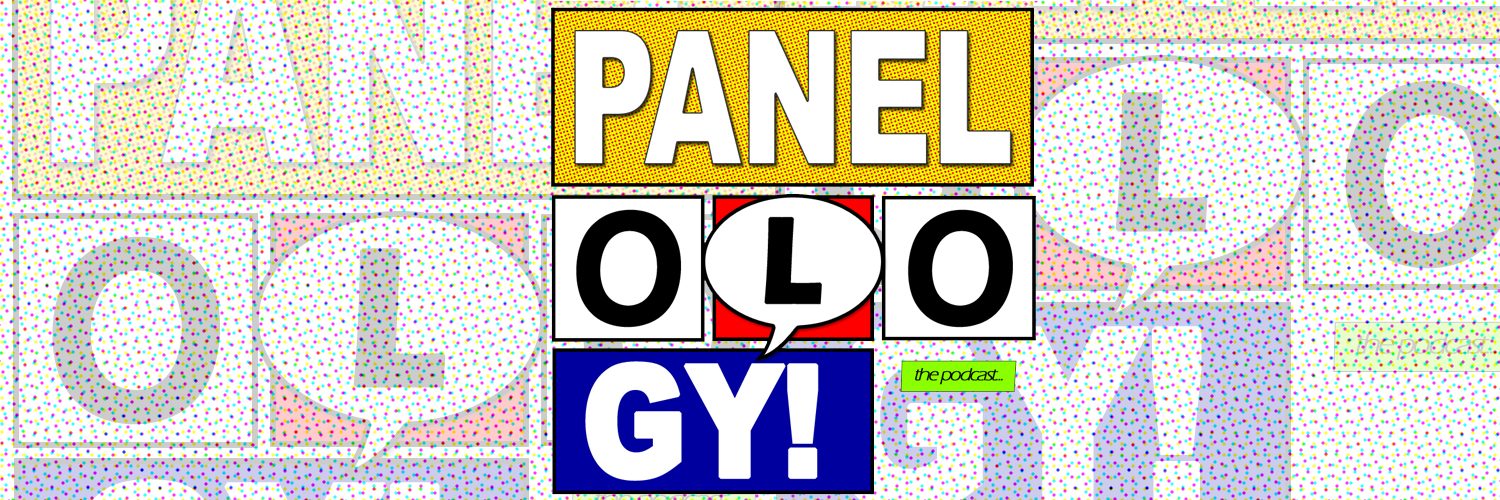It is neither a secret nor a surprise that I grew up on the superhero cartoons of the early ‘90s. Here’s a confession, though: at the time, Batman: The Animated Series was not my favorite. (I said “at the time”—I’ve gotten right with that in the intervening 20+ years.) I was more interested in the much weirder X-Men*. And the weirder X-Men got, the more I dug it.
That should make it less-than-surprising, then, when I say that I pretty much devoured the first arc (and change) of Grant Morrison’s New X-Men run. While not as conceptually out there (at least, not in its first volume) as some of his other work, there is a deep undercurrent of body horror in this book. Some existing X-Folks have experienced secondary mutations that make them strangers in their own bodies; Beast, for instance, is now not only cat-like, but has to relearn basic motor-control (and tame a weirdly high sex-drive). New mutants are decidedly more conspicuous than earlier generations as well: the first we see is simply known as Ugly John: “I got three faces, mate, and they all look like pigs,” he accurately explains to Wolverine and Cyclops. Another is the aptly named Beak, whose sports a pair of chicken-like wings for arms and, well, a giant toothy beak (Google "featherless owl" and you're 95% of the way there). And that’s to say nothing of the twisted monstrosities that come from John Sublime’s experimentation with giving humans mutations of their own.
That seems to be the other theme Morrison draws on as a source of markedly uncomfortable strangeness: the lines between human and mutant. One of the first ideas he introduces is that a new species will inevitably drive its progenitors to extinction; from there, we get a character who is allegedly the next step of evolution beyond mutants, a mutant who is imprisoned and separated from other living beings that he is more a living manifestation of his powers than a person, and Sublime’s aforementioned experiments to blur the line between man and mutant. This last idea is, perhaps, the most uncomfortable, because it comes from a place of entitlement to exploit another group of people for personal, financial gain.
Of course, this is a 40+ issue Grant Morrison comic, so there’s plenty of room going forward for him to zag on anything I’ve said so far and make things weirder and more uncomfortable.
Across five issues of New X-Men, there are three different pencilers and five different inkers. And all of their work is solid, detailed, and grotesque. But the only way to make a book with that many artists is with a consistent colorist. The first issue of this actually has a different colorist (Brian Haberlin) from the rest (Hi-Fi), but their palettes are close enough (Haberlin’s style is a little flatter than Hi-Fi’s) that the two jibe while coloring Quitely’s lines. It is entirely through Hi-Fi’s texturing and approach to coloring the book’s “special effects” (psychic projections, holograms, Emma Frost’s diamond skin—that sort of thing) that the varied and distinctive art styles of Quitely, Yu, and Van Sciver flow easily from one to the next.
This probably isn’t a book for everyone. For one thing, I have always heard mixed things about this run—or more specifically, the way elements of it were immediately revised and retconned as soon as Morrison left the book. I know it is hard to separate questionable plot and editorial decisions when reading an ongoing comic issue-to-issue, but I think that sixteen years later, it is easier to read Morrison’s run and simply stop when it ends. But beyond that, the uncomfortable strangeness that runs through this isn’t going to be everyone’s cup of tea. If you like Morrison, I think it’s probably safe for you—it does have a sort of Doom Patrol vibe that I dig, in fact. However, if anything above makes you think, “I don’t know…” then, well, there are other X-Books that might be more approachable. Barring that, though; I say check it out next time you’re in the mood for a more deranged take on the X-Men.
*Okay, so Spider-Man was really my favorite and also weird, but we’re not talking about a Spider-book today, so that would be a pretty useless segue, wouldn’t it?
Collected in
- New X-Men, Vol. 1: E Is for Extinction (#114-117, Annual 2001)
- New X-Men by Grant Morrison Ultimate Collection, Book 1 (#114-126, Annual 2001)
Credits
Writer: Grant Morrison | Penciler: Frank Quitely (114-116), Leinel Frances Yu (Annual 2001), Ethan Van Sciver (117) | Inkers: Tim Townsend (114-115), Mark Morales (115-116), Dan Green (116), Gerry Alanguilan (Annual 2001), Prentiss Rollins (117) | Colorists: Brian Haberlin (114), Hi-Fi Design | Letterers: RS & Comicraft’s Saida T | Assistant Editor: Pete Franko | Editor: Mark Powers

